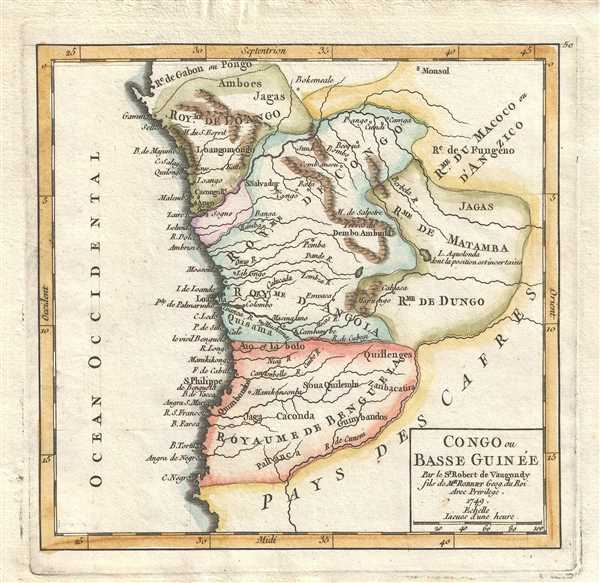
A Brief History of Queen Verónica I Guterres Kandala Kingwanga (1681–1721)
The Great Verónica I Guterres Kandala Kingwanga, ruled from 1681 to 1721, and consolidated the control of the Guterres dynasty while creating a lasting precedent for female rulers. Verónica is believed to have been a pious Christian, but also a fervent believer in Matamba’s independence. In order to prevent another Portuguese invasion, Verónica sent a delegation to Luanda that negotiated a peace treaty, signed 7 September 1683. In it she accepted nominal vassalage, agreed to return Portuguese prisoners taken at the battle of Katole, allowed missionaries into the country and permitted agents of Portuguese free passage through her lands. She also agreed to acknowledge the independence of Kasanje and to renounce all claims on the country and pay 200 slaves over 4 years as compensation.
Queen Verónica, was not to be intimidated, and within a few
years she was celebrated as Queen of Ndongo and Matamba which rivaled the power
and influence of her predecessor Njinga. In the process of asserting her claims
she was drawn into wars with Portugal in 1689 and again in 1692-3. She also
sought some sort of alliance with Kongo in 1706. These wars and the raiding in
between major operations led to serious depopulation on the western edges of
her domains.
Verónica appears to have been anxious to reestablish a Christian mission in the
country, which had been abandoned following the death of Njinga and the civil
war that followed. However, in spite of her various entreaties, the mission was
not reestablished.
The Portuguese Invasion of 1744
When Verónica died in 1721 she was succeeded by her son Afonso I Álvares de
Pontes. During his Reign the northern district of Holo seceded from Matamba to
form its own kingdom and entered into relations with Portugal. As a result of
Matamba’s attempts to prevent the secession and Portuguese trade with the rebel
province, relations between Matamba and the Portuguese colony deteriorated. Ana
II (Ana I was Queen Njinga as Matamba accepted the Christian names of former
rulers and their dynasty), who came to power in 1741, faced a Portuguese
invasion in 1744. The invasion of Matamba by Portuguese forces in 1744 was one
of their largest military operations in the eighteenth century. In the course
of their attack, Matamba’s army inflicted a serious defeat on the Portuguese,
but in spite of this, a remnant of the army managed to reach the capital of
Matamba. In order to avoid a long war and to get them to withdraw, Ana II
signed a treaty of vassalage with Portugal which renewed points conceded by
Verónica in 1683. While the treaty allowed Portugal to claim Matamba as a
vassal, and opened up Matamba to Portuguese trade, it had little effect on the
real sovereignty of Matamba, or indeed in the conduct of trade. Ana II, like
Verónica before her, was interested in developing Matamba as a Christian
country, routinely sending letters to the Capuchin prefect of Congo and Angola
or the Portuguese authorities requesting missionaries come and establish
permanent bases in her country. While the country was visited by missionaries
from Cahenda and also from the Barefoot Carmelites, a permanent mission was not
established.


